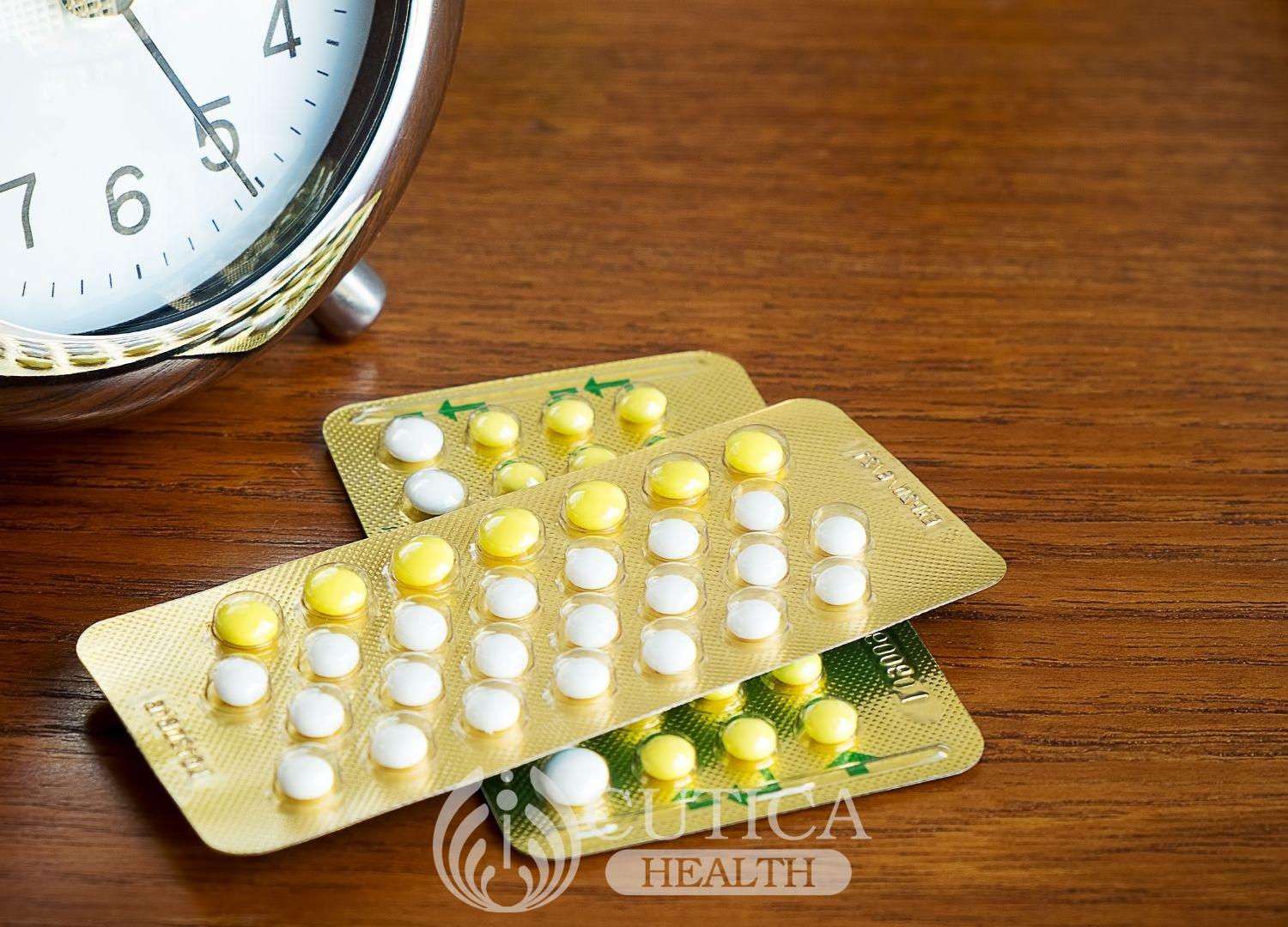
Many women struggle with chronic tummy pain that worsens during their periods and many don’t even know the reason why. Could it be endometriosis?
What is endometriosis?
The endometrium is a layer of special tissues that lines the uterus (womb) and is responsive to cyclical hormonal changes that bring about menstruation. The endometrium can sometimes grow outside the womb in places like the ovaries and fallopian tubes- this condition is known as endometriosis.

In rare cases, there’s involvement of other organs such as the lungs and brain or an old scar on the tummy e.g., an old caesarean section scar.
Endometriosis can affect women of any age, but it is more common in women of childbearing age.
What are the symptoms?
There are women who have the disease with no symptom. Symptoms may range from mild to severe and this is dependent on where the endometriotic tissue is.

Some of the symptoms of Endometriosis include:
- Lower tummy pain or back pain that is worse during periods.
- Pain while peeing or pooping, especially during periods.
- Heavy periods or bleeding between periods
- Change in bowel habit (constipation, diarrhoea, feeling bloated)
- Pain during or after sex
- Difficulty getting pregnant
What causes endometriosis?
The exact cause of the condition is not known, however theories exist. None of these theories fully explains why endometriosis happens and the condition is likely to be caused by interplay of different factors.
- Retrograde menstruation : Backflow of menses through the fallopian tube. This simply means that rather than leaving the body as period blood, the part of the womb shed off during menstruation flows up through the fallopian tubes and implants itself on other organs within the pelvis.
- Genetics: Studies have shown that endometriosis tends to run in families and affects people who have a family member with the condition.
- Altered/impaired immune function has been linked to endometriosis and the associated inflammation that occurs.
- Lymphatic theory: Lymphatic vessels drain fluid from the body. They are an important part of the circulatory system. Some experts have suggested that endometriotic tissues spreads to other sites of the body through lymphatic vessels.
How can it be managed?

It is recommended to see a doctor if you have any of the above symptoms as endometriosis can have a significant, life altering impact.
Currently, there’s no cure for endometriosis but symptoms can be managed by a number of surgical and non-surgical treatments.
How can it be diagnosed?
Ultrasound scan : This can help in diagnosis. It is a less invasive procedure.
Laparoscopy: This provides a more definitive diagnosis. It involves creating a keyhole incision in the tummy and a small, flexible tube with a camera attached at the end will be passed into the tummy to enable the doctors to visualize and identify the exact location and extent of the affected areas.
An MRI may be required in cases where the disease is advanced.
Other tests that may be required include:
Blood test, urine test, histology (to further analyse the tissue)
Summary

As with most chronic diseases, endometriosis can be a difficult condition to live with and the burden on both the physical and mental health of a patient can be quite significant. However, it helps to know you are not alone; there are several options to help you manage the symptoms and reverse some complications of the disease.












